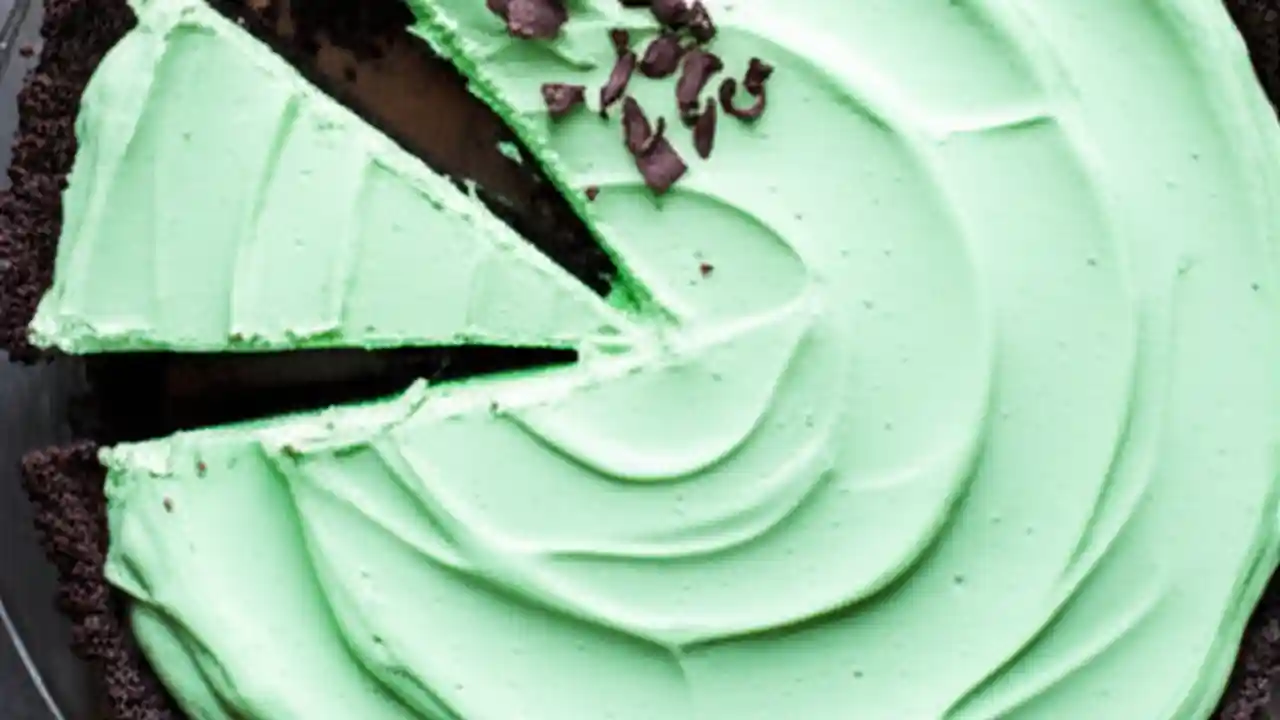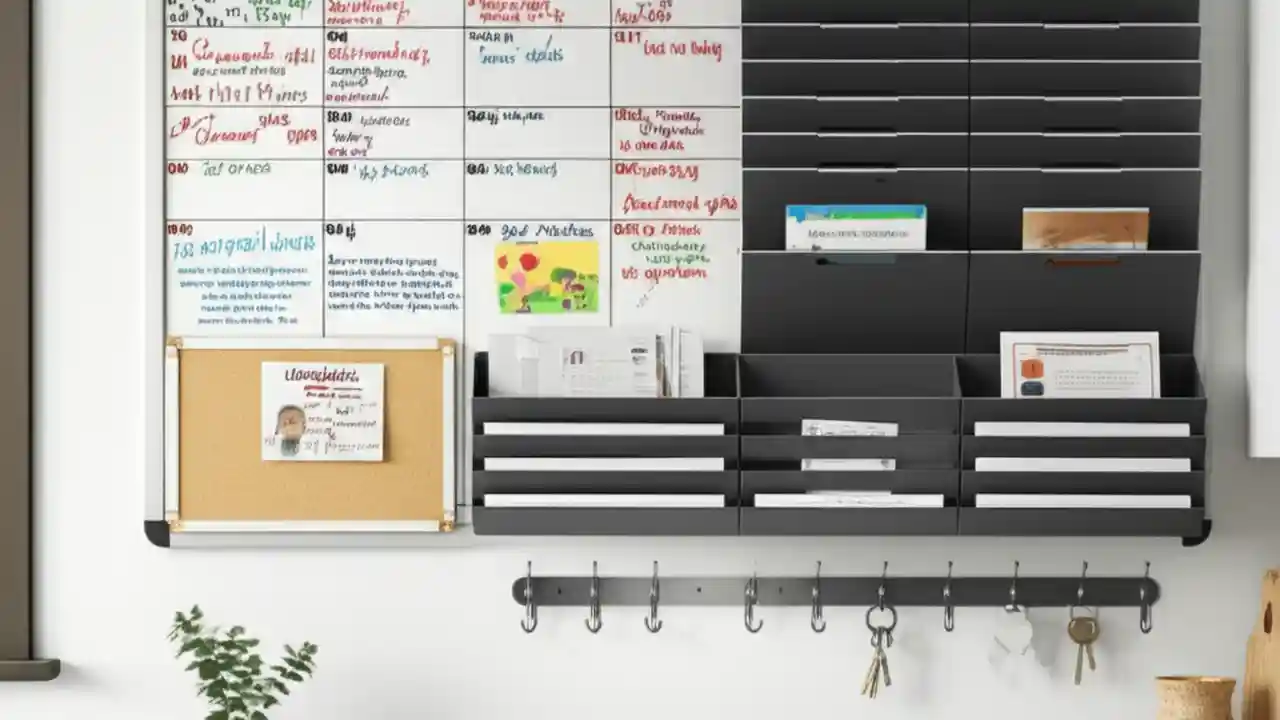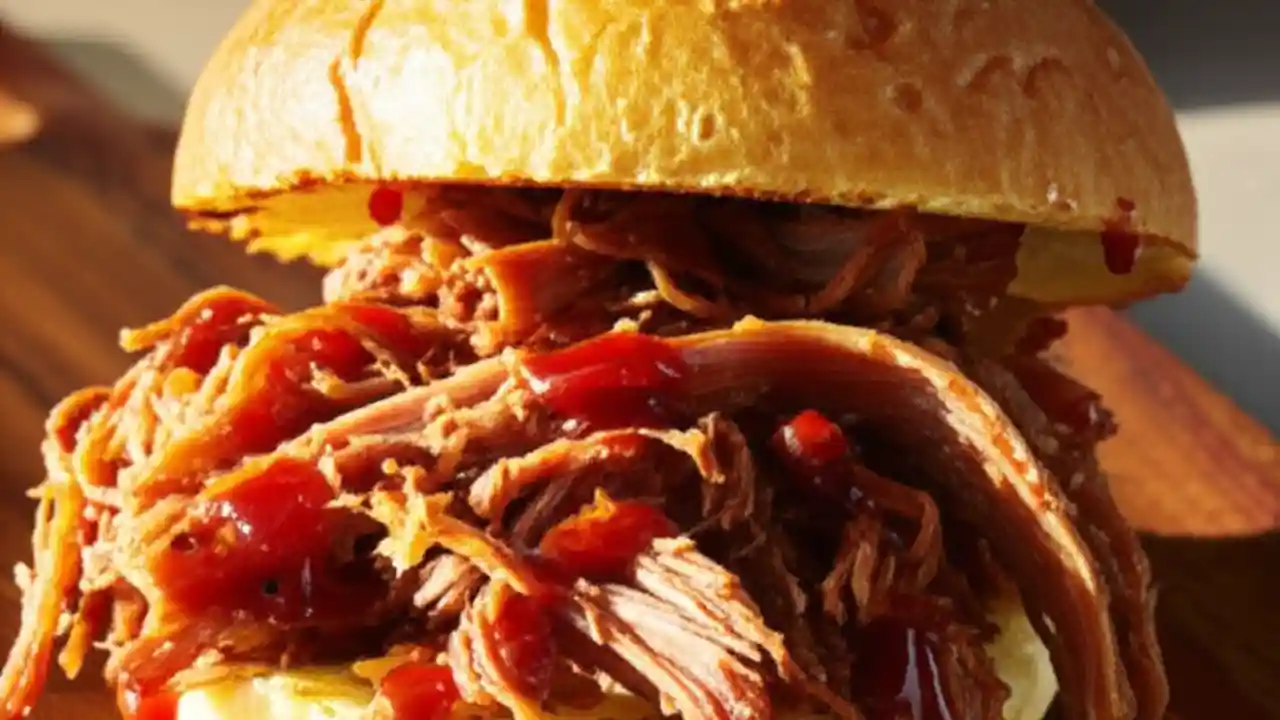The best way to organize your home library in 2025 is a personalized blend of strategic categorization, mindful decluttering, and practical storage solutions that prioritize both accessibility and aesthetic appeal. It’s not about a single rigid system, but rather creating a fluid, intentional space where every book has its purpose and place, enhancing your reading experience and making your collection a joy to navigate. This definitive guide will delve into the core principles of efficient book storage solutions, explore various decluttering book collection techniques, and offer actionable library shelving ideas to transform your personal literary haven.
Table of Contents
Getting Started & Why It Matters: Building Your Literary Foundation
Why should I bother organizing my home library?
Organizing your home library goes far beyond just tidiness; it’s about reclaiming space, rediscovering forgotten treasures, and fostering a more engaging relationship with your books. A well-organized library reduces stress, makes it easier to find the book you’re looking for, and can even inspire you to read more. Think of it as creating an inviting personal sanctuary, a place where you can easily access knowledge, escape into stories, and proudly display your literary journey.
What’s the very first step to organizing a large book collection?
The very first step, even for the most daunting collection, is to embrace the “pull everything out” method. Yes, it will look worse before it looks better, but this gives you a complete inventory of what you own. Empty your shelves, gather all books from every corner of your home, and pile them in one central area. This initial chaos is crucial for seeing the full scope of your collection and mentally preparing for the next phase: decluttering.
How do I decide which books to keep and which to let go of?
This is where the real work, and sometimes the emotional challenge, begins. My personal rule, refined over years of helping others with their libraries, is the “JOY” method:
- Does this book bring me joy to own or to reread?
- Is this book essential for my work, studies, or reference?
- Is this book rare, sentimental, or part of a collection I truly value?
If the answer to all is “no,” it’s likely a candidate for decluttering. Be honest with yourself. Books you haven’t touched in years, books you didn’t enjoy, or those you just “might read someday” are often good candidates for donation or selling. Remember, letting go of a book doesn’t diminish its value or your past enjoyment of it.
What are common mistakes to avoid when organizing a home library?
One common pitfall is trying to organize without decluttering first. You’ll just be shuffling clutter around. Another is investing in expensive shelving before you know the true size and nature of your curated collection. Don’t fall into the trap of buying more books just to fill empty spaces; let your collection grow organically. Finally, avoid over-categorization or trying to force every book into a rigid system. Sometimes, a “miscellaneous” section is perfectly fine, and a little flexibility goes a long way in maintaining your sanity.
Choosing Your Organization Method: Finding Your Book’s True North
What are the most popular methods for categorizing books?
There are several tried-and-true methods, each with its own advantages. The choice often depends on your primary goal: finding books quickly, creating visual appeal, or grouping similar topics. Here are the top contenders:
| Organization Method | Pros | Cons |
|---|---|---|
| Alphabetical by Author (Last Name) | Extremely efficient for finding specific titles or authors. Classic library feel. | Mixes genres. Can be visually uneven if spine sizes vary greatly. |
| By Genre/Subject | Intuitive for browsing based on reading mood. Great for reference or academic collections. | Subjective categorization can lead to dilemmas (e.g., historical fiction vs. literary fiction). |
| By Color | Highly aesthetic and visually striking. Creates a “rainbow” effect. | Impractical for finding specific titles quickly. Not recommended for serious readers or large collections. |
| Chronological (by Publication Date) | Excellent for understanding literary movements or an author’s progression. | Less practical for general browsing. Requires knowing publication dates. |
| By Size | Maximizes shelf space and creates a neat, uniform look. | Completely disregards content, making specific book retrieval difficult. |
Should I organize my books by genre, author, or color?
For most home libraries, a blend of author and genre is often the most practical and satisfying. For fiction, organizing alphabetically by author’s last name is generally best – it’s how most public libraries do it, and it makes finding a particular novel straightforward. For non-fiction, organizing by genre or subject (e.g., “History,” “Cookbooks,” “Science”) is usually more intuitive, as you’re often looking for a topic rather than a specific author. Color organization, while beautiful, is largely for decorative purposes and less functional for active readers. Consider your primary use case: if you frequently search for specific titles, prioritize a functional system. If your library is more for display, aesthetics might take precedence.
How do I integrate digital books into my physical library organization?
Integrating digital books means viewing your library holistically. While you can’t physically shelve an e-book, you can create a parallel organizational system. Use digital tagging, folders, or dedicated e-reader apps to mirror your physical categories. For example, if you have a “Fantasy” section on your shelf, ensure your digital fantasy novels are similarly grouped. Some people even keep a physical “tracker” or journal of their digital reads alongside their physical collection, noting titles they own digitally. The goal is a unified mental map of your entire literary world.
Storage Solutions & Aesthetics: Shelving Your Stories
What are the best shelving options for different types of books?
The “best” shelving depends on your space, budget, and the weight/volume of your books. For paperbacks and standard hardcovers, most standard bookshelves (like those from IKEA or local furniture stores) work well. For heavier, oversized art books or reference volumes, opt for solid wood or reinforced metal shelving that won’t warp or sag over time. Built-in shelves offer a custom, seamless look and maximize vertical space. For a more flexible approach, consider modular shelving units that can be reconfigured as your collection evolves.
Is it better to store books horizontally or vertically?
For the vast majority of books, storing them vertically is ideal. It allows for easy access, prevents spine damage from leaning, and maximizes shelf space. However, there are exceptions. Oversized books (like coffee table books or art books) are often best stored horizontally to prevent damage to their bindings and to distribute their weight evenly. You can also use horizontal stacks as decorative elements or bookends for vertical rows, adding visual interest to your shelves.
What are some budget-friendly ways to organize books?
Organizing your library doesn’t require a huge budget. Here are a few creative, cost-effective solutions:
- Repurpose existing furniture: Old dressers, trunks, or even sturdy crates can be transformed into quirky book storage with a bit of cleaning or paint.
- DIY shelves: Simple planks of wood and bricks or cinder blocks can create surprisingly robust and customizable shelving.
- Thrift store finds: Secondhand bookshelves are often available for a fraction of the cost of new ones. Look for solid construction.
- Vertical stacking: For smaller collections, simply stacking books vertically on a stable surface can work, though it’s less ideal for long-term organization.
The key is to think creatively and utilize what you already have or can acquire cheaply.
Can I use decorative items on my bookshelves, and how?
Absolutely! Bookshelves are a fantastic canvas for expressing your personality and adding warmth to a room. The trick is balance. Aim for a 60/40 or 70/30 ratio of books to decorative items. Incorporate meaningful objects like framed photos, small sculptures, plants, or unique souvenirs. Vary the heights and textures of your decor. Group similar items together, and don’t be afraid to leave some negative space – it allows the eye to rest and highlights your chosen pieces. Remember, the goal is to enhance your books, not overwhelm them.
How can I protect my valuable or rare books when organizing them?
Valuable and rare books require special attention. Store them away from direct sunlight, which can fade covers and damage paper. Avoid extreme temperature fluctuations and high humidity, which can lead to mold or warping. For truly precious items, consider archival-quality boxes or sleeves. Ensure they are stored vertically or flat on stable surfaces. If you have very old or fragile books, avoid packing them too tightly on shelves, as this can cause damage when pulling them out. Proper care ensures these literary treasures last for generations.
Maintaining & Evolving Your Library: A Living Collection
How do I maintain my organized library over time?
An organized library is a living, breathing entity that requires ongoing attention. The best maintenance strategy is to adopt a “one in, one out” policy for new acquisitions, especially if space is limited. Dedicate a few minutes each month to tidying shelves, dusting, and returning misplaced books. Revisit your decluttering decisions annually; your tastes and needs evolve, and so should your collection. Think of it as a gentle, continuous curation process, rather than a one-time chore.
Where can I donate or sell books I no longer want?
Finding new homes for your beloved books is a rewarding part of the process. Local public libraries often accept donations, as do many schools and charities like Goodwill or Salvation Army. For books in good condition, consider selling them at local used bookstores, online marketplaces (like eBay or Amazon), or through apps designed for selling books. Another great option is a “Little Free Library” if one is in your neighborhood – a wonderful way to share stories directly with your community.
Organizing your home library is more than just stacking books; it’s about creating a system that supports your reading habits, reflects your personality, and makes your collection a source of ongoing delight. By embracing a personalized approach to categorization, mindfully decluttering, and selecting the right storage solutions, you’re not just tidying up – you’re curating a space that truly serves your literary life.
We hope this comprehensive guide helps you transform your home library into an organized, inspiring haven. Share your own favorite library organizing tips or ask further questions below – we’d love to hear how you’re curating your literary world!







